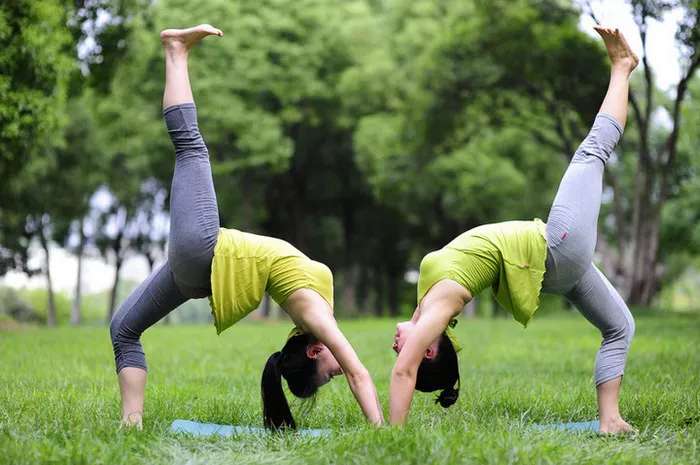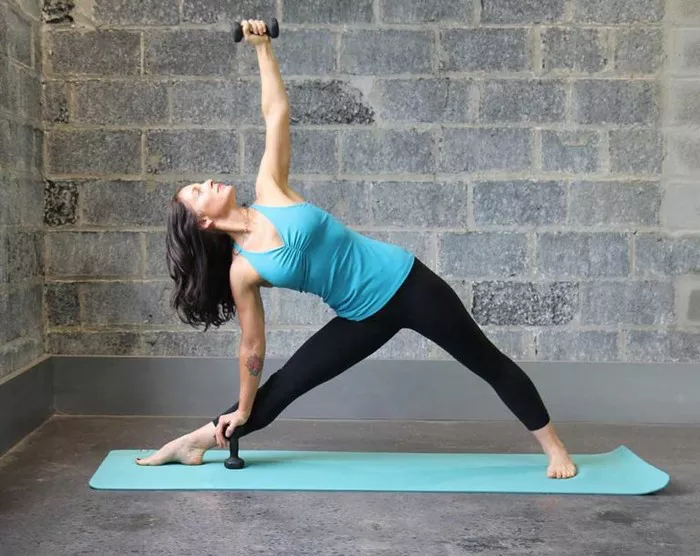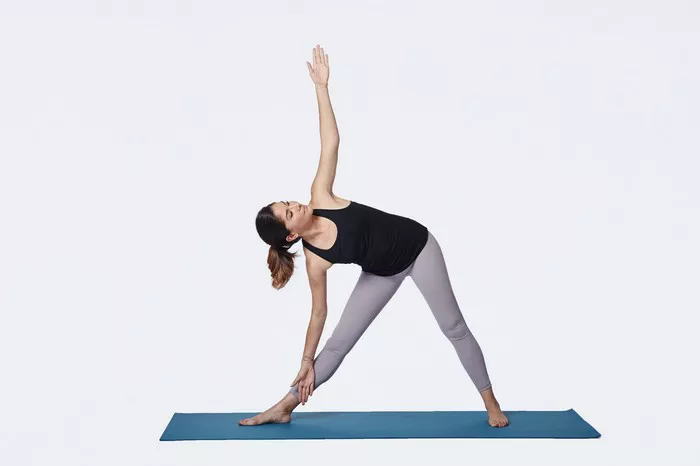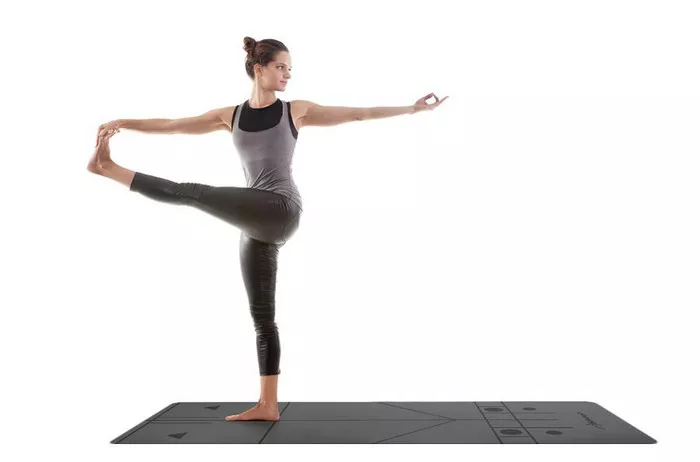Yoga, an ancient practice originating from India, has evolved into a diverse discipline encompassing physical, mental, and spiritual aspects. While often practiced individually, yoga can also be a shared experience, enhancing connection and communication between partners. Among the various forms of partner yoga, mastering difficult poses can provide both physical and mental challenges, requiring trust, coordination, and synchronization. In this article, we explore a selection of challenging yoga poses for two people, offering precise guidance and insights for practitioners seeking to deepen their practice.
Partner Boat Pose (Navasana)
Difficulty: Intermediate
Description: Begin by sitting facing each other, legs extended. Hold each other’s hands for stability. Slowly lift both legs simultaneously, aiming to create a V-shape with your bodies. Maintain a straight spine and engage your core muscles to support the pose. Find balance and stability as you hold the pose for several breaths.
Precise Instructions:
Communicate with your partner to synchronize the lifting of legs.
Focus on keeping the spine straight and the core engaged to prevent strain.
Use your partner’s hands for support and stability.
Double Downward Dog (Adho Mukha Svanasana)
Difficulty: Advanced
Description: Begin in a traditional downward dog position, facing away from each other but maintaining proximity. Press your palms firmly into the ground and lift your hips towards the ceiling, forming an inverted V-shape. Your partner should mirror your position, placing their feet against your sacrum for support. Find alignment and balance as you both hold the pose, breathing deeply.
Precise Instructions:
Ensure that both partners maintain equal weight distribution on their hands and feet.
Communicate to adjust the distance between partners for comfort and stability.
Focus on lengthening the spine and engaging the core muscles for support.
Flying Pigeon Pose (Eka Pada Galavasana)
Difficulty: Advanced
Description: Begin in a seated position, facing each other with legs extended. The base partner bends their knees, placing the right foot firmly on the ground and the left ankle on the right thigh. The flying partner carefully lifts their body, placing their hands on the base partner’s knees for support. Slowly extend the right leg straight out, finding balance and stability in the pose.
Precise Instructions:
The base partner should maintain a strong foundation with the planted foot and engage core muscles for stability.
The flying partner should communicate any discomfort or imbalance to adjust accordingly.
Focus on finding a steady gaze to aid in balance and concentration.
Double Tree Pose (Vrksasana)
Difficulty: Intermediate
Description: Stand side by side, facing the same direction, with a slight distance between each other. Shift your weight onto one foot and bring the sole of the other foot to rest on the inner thigh or calf of the standing leg. Press the palms together at the heart center or extend arms overhead for a challenge. Find a focal point to aid in balance as you hold the pose together.
Precise Instructions:
Ensure both partners maintain equal weight distribution on their standing legs.
Communicate to find the appropriate placement for the lifted foot, avoiding pressure on the knee joint.
Engage core muscles and focus on a steady breath to enhance stability and concentration.
Double Plank Pose (Phalakasana)
Difficulty: Intermediate
Description: Begin in a plank position facing each other, with arms extended and shoulders aligned over wrists. Engage core muscles to support the spine and keep the body in a straight line from head to heels. Maintain a steady gaze and communicate with your partner to synchronize movements and adjustments as needed.
Precise Instructions:
Ensure both partners maintain equal weight distribution on their hands and engage core muscles for stability.
Communicate to adjust the distance between partners for comfort and alignment.
Focus on maintaining a steady breath and a relaxed facial expression to conserve energy and enhance concentration.
Double Crow Pose (Bakasana)
Difficulty: Advanced
Description: Begin in a squatting position facing each other, with feet hip-width apart and knees bent. Place your hands firmly on the ground between your feet, shoulder-width apart. Lean forward slightly and transfer your weight onto your hands, lifting your feet off the ground. Your partner mirrors your movements, placing their hands alongside yours and lifting their feet as well. Find balance and stability as you hold the pose together.
Precise Instructions:
Ensure both partners maintain a strong foundation with hands firmly planted on the ground.
Communicate to synchronize movements and adjust the distance between partners for stability.
Engage core muscles and focus on a steady breath to support the pose and enhance concentration.
Double Wheel Pose (Urdhva Dhanurasana)
Difficulty: Advanced
Description: Begin by lying on your backs, head to head, with knees bent and feet flat on the ground hip-width apart. Place your hands alongside your ears, fingers pointing towards your shoulders. Press into your hands and feet to lift your hips towards the ceiling, coming into a backbend. Your partner mirrors your movements, pressing into their hands and feet to lift their hips as well. Find alignment and openness in the chest as you hold the pose together.
Precise Instructions:
Communicate with your partner to synchronize movements and adjust for comfort and stability.
Engage leg muscles to support the spine and prevent compression in the lower back.
Focus on opening the chest and maintaining a steady breath to deepen the pose and enhance concentration.
Conclusion
Partner yoga offers a unique opportunity to deepen connections and enhance communication while exploring challenging poses together. By practicing precise alignment, clear communication, and mutual support, practitioners can unlock new levels of strength, balance, and flexibility. Whether you’re a seasoned yogi or new to partner practice, incorporating these difficult poses into your routine can inspire growth, resilience, and a deeper sense of connection with your partner and yourself. Embrace the challenge, trust the process, and enjoy the journey of exploration and discovery on the mat.























